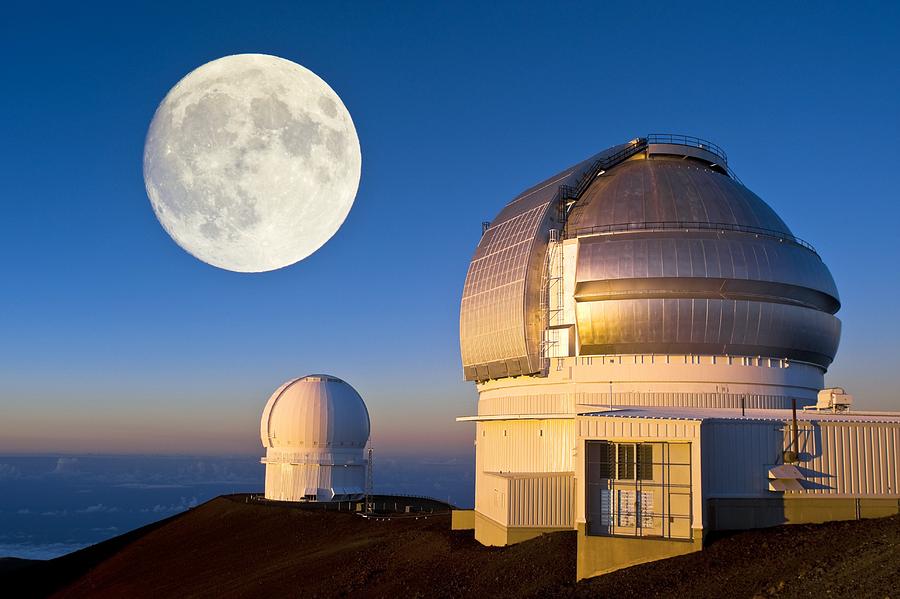The World’s Most Famous Observatories
An observatory is a place built to watch and study Earthly or cosmic phenomena. Whether it’s space science, meteorology, oceanography, or even volcanology, observatories play a key role in helping humanity understand the natural world.
From mountaintops to deserts, here are some of the most remarkable observatories in the world — where science and starlight meet.
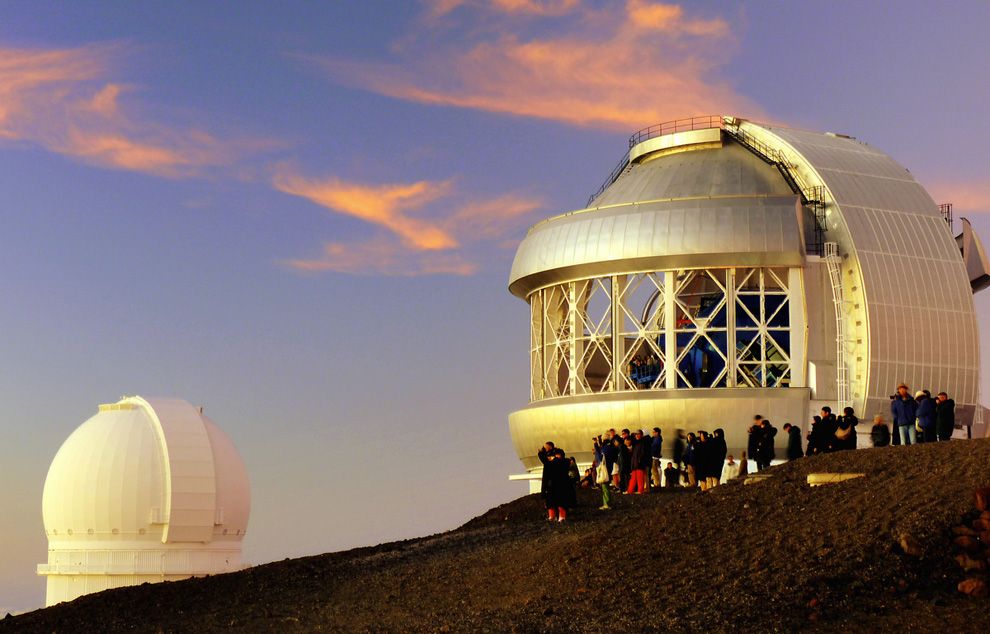
Gemini Observatories
They say two eyes are better than one — and the Gemini Observatories prove it. Split between two hemispheres, Gemini North sits atop the dormant lava dome of Mauna Kea in Hawaii, while Gemini South gazes skyward from the Chilean Andes.
Together, these twin observatories provide astronomers with a complete view of both northern and southern skies. Their advanced “spray chamber” can even apply ultra-thin silver coatings to telescope mirrors, enhancing their infrared vision.
Thanks to their location and technology, the Gemini telescopes are among the most powerful observatories on Earth.

European Southern Observatory (ESO)
The European Southern Observatory, or ESO, operates a network of telescopes deep in Chile’s Atacama Desert — one of the driest and clearest places on the planet. Its 3.5-meter New Technology Telescope was the first in the world controlled entirely by computer.
The ESO complex also includes the Very Large Telescope (VLT) array and the European arm of the Atacama Large Millimeter/Submillimeter Array (ALMA) — the most advanced radio astronomy facility ever built.
ALMA’s powerful sensors allow scientists to study cold cosmic gases and distant galaxies with unmatched precision, making ESO a cornerstone of modern astrophysics.
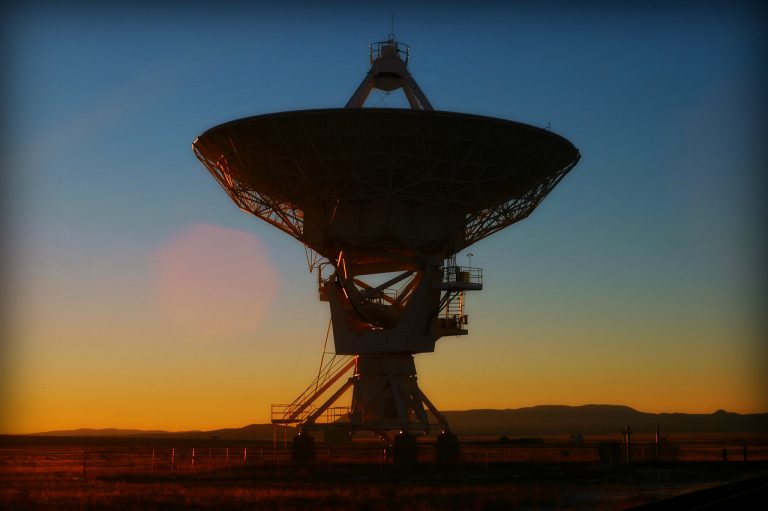
National Radio Astronomy Observatory (NRAO)
In the United States, the National Radio Astronomy Observatory (NRAO) uses massive radio dishes to study signals from across the universe. Its main telescope consists of 27 enormous antennas, each weighing 230 tons and stretching 25 meters across.
By combining data from all 27 dishes, astronomers can simulate the power of a single telescope many kilometers wide. Recently, researchers used NRAO data to analyze atomic frequencies in interstellar space — unlocking new clues about the chemistry of the cosmos.

Paranal Observatory, Chile
Perched high in the Atacama Desert, the Paranal Observatory is another jewel of the European Southern Observatory network. It sits more than 2,600 meters above sea level, where the air is crystal-clear and almost never interrupted by clouds.
Paranal’s Very Large Telescope (VLT) consists of four separate “Unit Telescopes” that can work together to produce images up to four billion times sharper than what the human eye can see.
Its remote desert location, stable climate, and world-class instruments make Paranal one of the most productive astronomical sites in the world.
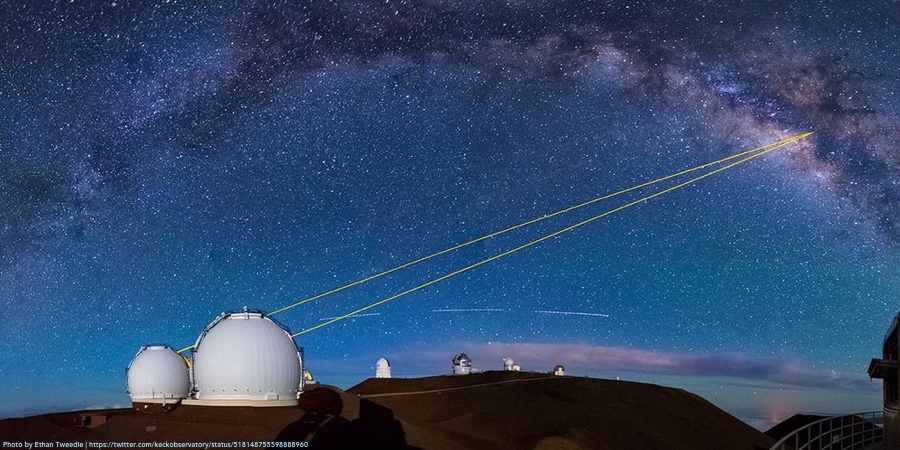
W. M. Keck Observatory
On the summit of Hawaii’s Mauna Kea stand two giants of modern astronomy — the twin Keck Telescopes. Each telescope rises eight stories tall, weighs around 300 tons, and features a 10-meter mirror made from 36 hexagonal segments that move together as one.
These telescopes are not only engineering marvels but also scientific powerhouses. Observations from Keck have helped astronomers:
-
Study galaxies at the edge of the observable universe
-
Measure the accelerating expansion of space
-
Investigate the nature of gamma-ray bursts
Even decades after their construction, the Keck telescopes remain the largest and most advanced optical and infrared instruments on Earth.
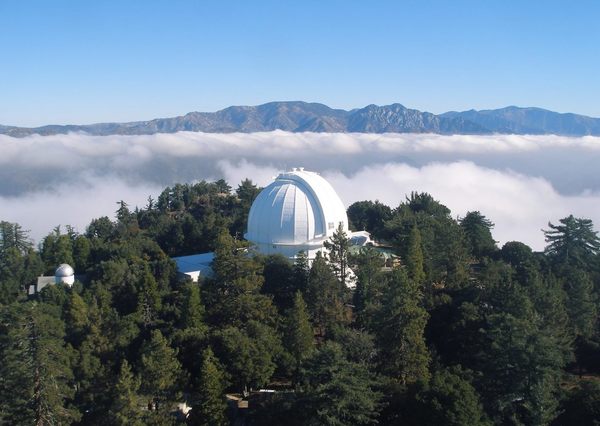
Mount Wilson Observatory
High above Los Angeles, the Mount Wilson Observatory has been a gateway to the cosmos for over a century. In the early 1900s, massive telescope mirrors were carried up the mountain by mule — a logistical feat that marked a new era in astronomy.
It was here that astronomer Edwin Hubble made discoveries that changed our understanding of the universe forever, showing that galaxies extend far beyond the Milky Way and that the cosmos itself is expanding.
The observatory’s historic Hale Telescope and legacy of innovation helped lay the foundation for modern space science.
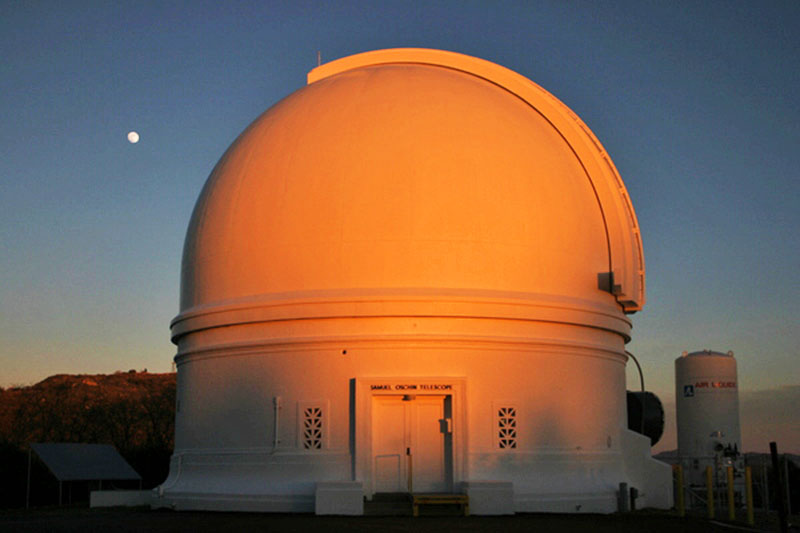
Palomar Observatory
Built in California in the 1930s, the Palomar Observatory became a symbol of 20th-century astronomical achievement. Its Hale Telescope, with a 5-meter (200-inch) mirror made from Pyrex glass, was the world’s largest for decades.
At the time, the mirror alone cost nearly $1 million — a staggering amount during the Great Depression. Pyrex was chosen because it expands and contracts less with temperature changes, ensuring sharper images of the night sky.
Even today, Palomar continues to contribute to astronomical research and remains a masterpiece of scientific design.
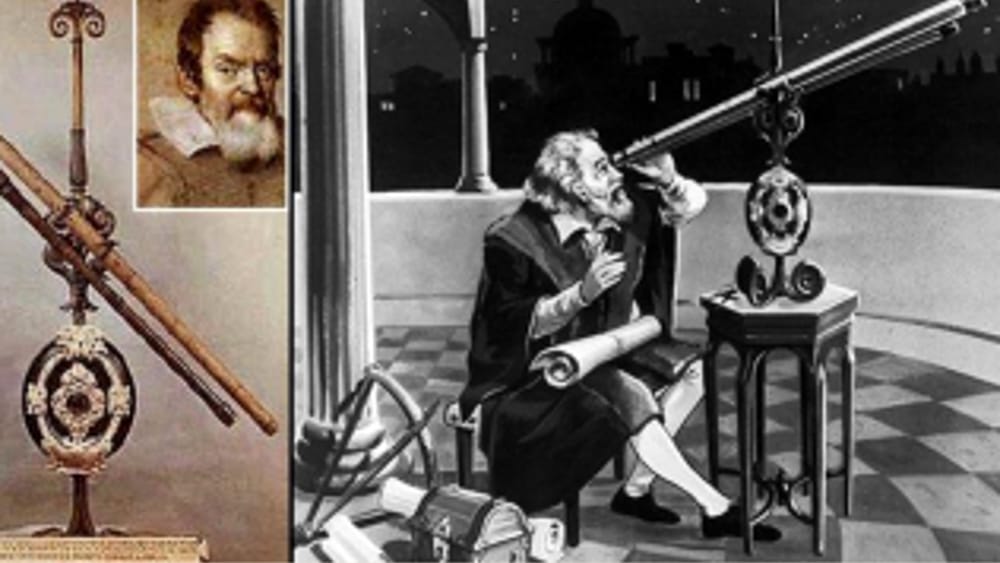
Galileo’s Telescope
Although Galileo Galilei didn’t invent the telescope, he transformed it into a scientific instrument that forever changed our view of the universe. With his improved design in 1609, Galileo observed:
-
The rugged surface of the Moon
-
Four moons orbiting Jupiter
-
The phases of Venus
-
Sunspots and distant stars
His discoveries challenged centuries of belief in an Earth-centered universe and earned him the title “Father of Modern Science.”
One of Galileo’s surviving telescopes recently went on display outside Italy for the first time — at the Franklin Institute in Philadelphia — a fitting tribute to the instrument that redefined human curiosity.
Gazing Into the Infinite
From Galileo’s humble tube of glass to today’s billion-dollar super-telescopes, observatories have always been windows to the unknown. They connect us to distant galaxies, probe the birth of stars, and reveal the secrets of our universe — one photon at a time.
Each observatory on this list stands as a testament to human imagination, precision, and the never-ending desire to explore what lies beyond our world.

